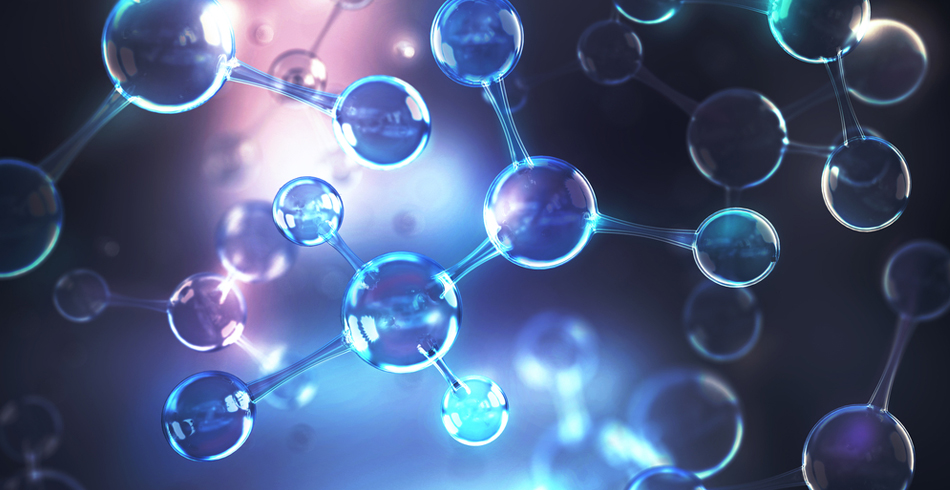Energy Networks Australia has welcomed the release by the Tasmanian Government of the Tasmanian Renewable Hydrogen Action Plan.
The plan, released on November 19, reveals Tasmania is well-placed to be a major producer of renewable hydrogen long-term.
It finds a 1000 megawatt facility – equivalent to supplying around one million homes – could be feasible by 2030, creating an estimated 1200 regional jobs, and supporting a further 2000 megawatts of renewable energy investment in the state.
It also finds renewable hydrogen production in Tasmania could be up to 15 per cent cheaper to produce than from the mainland power grid, and up to 30 per cent cheaper to produce than from dedicated off-grid renewable sources, giving us a real advantage.
With emerging industries in Japan, South Korea and China, Tasmania has received significant interest from a range of proponents seeking emissions-free hydrogen at competitive rates. The Tasmanian Government has recently hosted a range of proponents and international consortiums to progress discussions.
Related article: Thunderbolt hydro power station opens in Tasmania
Chief Executive Officer of Energy Networks Australia, Andrew Dillon, said hydrogen would play an important role in the sustainable energy future.
“Hydrogen can be produced from excess renewable power, providing clean energy that can be stored for when the sun doesn’t shine and the wind isn’t blowing,” Mr Dillon said.
“As the energy sector continues to decarbonise and intermittent renewable generation increases, this storage capacity means hydrogen can play an important role in stabilising our energy system.
“Hydrogen technology is already being embraced around the world for domestic and commercial use in gas networks and to fuel passenger and freight trains.”
Mr Dillon said trials of hydrogen production, hydrogen blending into existing networks or exports were underway in every Australian state, with Tasmania’s strategy the latest addition.
Related article: Hornsdale Power Reserve to get 50 per cent bigger
“Energy networks are using renewable gases such as hydrogen made from solar and wind power to decarbonise our gas networks,” Mr Dillon said.
A recent update to Gas Vision 2050, released by Energy Networks Australia and the Australian Pipelines and Gas Association, showed that more than $180 million of funding had been committed nationally for hydrogen infrastructure projects.
Energy Networks Australia has previously released research confirming that the injection of hydrogen into Australian gas distribution networks can be done under current gas legislation.
Read the Tasmanian Renewable Hydrogen Action Plan here.
The plan is in draft stage and comments on the plan close January 10, 2020.







